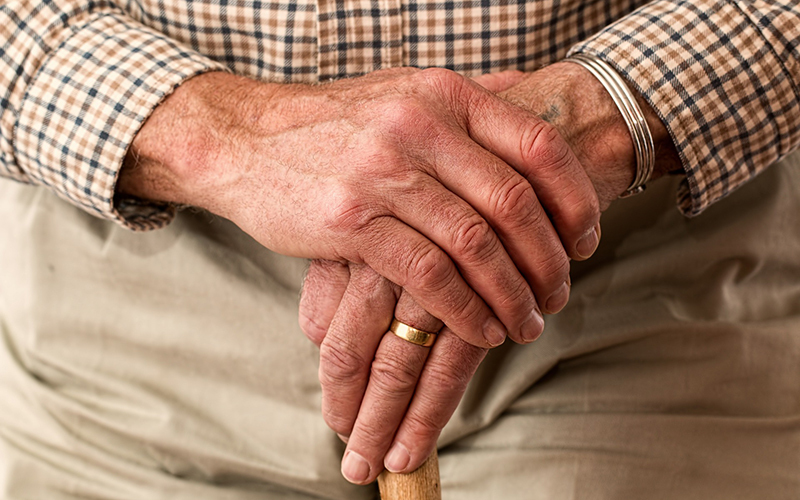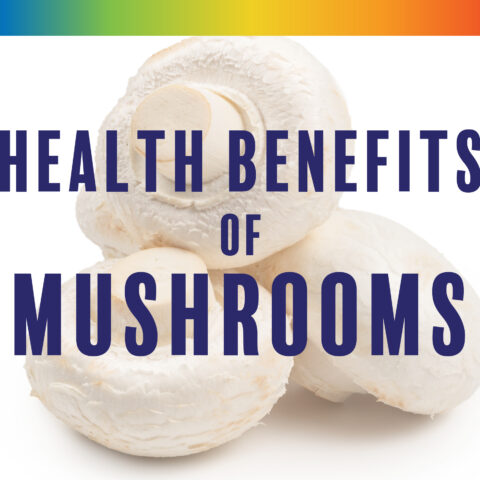Can Diet Help Rheumatoid Arthritis?

It’s oftentimes a diagnosis of cancer, diabetes, multiple sclerosis (MS), or another disease, which proves to be the pivot point for individuals to make significant changes to their eating and exercise habits. Whether the change stems from obvious reasons, like losing weight because obesity has been the causal agent for developing type 2 diabetes, or per the physician’s advice to cut out gluten and dairy following an autoimmune diagnosis, these steps are reactive versus proactive.
If we were to exercise daily and eat foods that set us up for health rather than sickness in the first place, would we be able to determine our destiny? Clearly, we can take preventative measures to lower our risk for obesity and type 2 diabetes by leading an active lifestyle, veering away from the typical, highly refined Standard American Diet (SAD), and implementing The Paleo Diet.
But what about minimizing our risk for autoimmune diseases like rheumatoid arthritis (RA) with diet? Science suggests it’s looking quite promising.
Recent research on rheumatoid arthritis
Two studies presented at the American College of Rheumatology Annual Meeting in San Francisco show diet can significantly lower our chance for developing RA.1 RA is an autoimmune disease where the body’s immune system mistakenly attacks the joints, creating inflammation that causes the tissue lining of the joints to thicken, resulting in swelling and pain in and around the joint.2
For those following a Paleo regime, inflammation is hardly a foreign term, and you’re familiar with the notion that avoiding certain foods can help offset symptoms dramatically.3 But how does this scientifically factor into RA treatment or minimize risk altogether?
In the first study, researchers found “typical Western diets high in red meat, processed meat, refined grains, fried food, high-fat dairy, and sweets can increase a person’s risk of developing RA in comparison to Prudent diets (a diet low in total fat, saturated fat, trans fat, cholesterol and sodium which aid in lowering cholesterol and triglyceride blood levels and blood pressure)4 made mostly of fruit, vegetables, legumes, whole grains, poultry and fish.”
The second study found that “following the Dietary Guidelines for Americans can also lower one’s chances of developing the disease because they provide authoritative advice about consuming fewer calories, making informed food choices, and being physically active to attain and maintain a healthy weight, reduce risk of chronic disease, and promote overall health.”
How was this measured? By using the Alternate Healthy Eating Index, created to measure how well participants followed the Dietary Guidelines for Americans, researchers observed associations of the subjects’ diets and their likelihood of developing RA. The researchers noted those who best adhered to the Dietary Guidelines for Americans had a 33% reduced risk of developing RA when compared to those who did not follow the guidelines as closely. Just as in the first study, the researchers noted that body mass index might be a modest intermediate factor linking diet and risk of RA.
Potential pitfalls of these studies
A few questions arise. If the sole means of data collection was to review and analyze what the participants reported to eat, how accurate can the findings really be? Were findings measured upon accountability and how can we be sure participants didn’t take the liberty of “cleaning up” their food log entries, energy levels, or sleep patterns?
A colleague of mine joked in reference to a new client who’d touted the benefits of a new fad diet, “any eating plan is going to ‘work’ in comparison to what one did before because before, they didn’t have one!”
Researchers state, “the single-nutrient approach may be inadequate for taking into account complicated interactions among nutrients, and high levels of inter-correlation makes it difficult to examine their separate effects.” So grouping all foods into one lump category (recall the list: “diets high in red meat, processed meat, refined grains, fried food, high-fat dairy, and sweets”) doesn’t differentiate between high quality, grass-fed meats, from the corn-fed beef. Nor does the “diet made mostly of fruit, vegetables, legumes, whole grains, poultry and fish” distinguish the effects of antinutrients contained in legumes and grains,5 or the glycemic load of eating too much fruit.6
While I do agree that a healthy diet may prevent RA development, it’s a matter of deciphering what actually comprises a healthy diet. And from everything I’ve read and seen over the past decade, I certainly don’t need further convincing that a real Paleo diet can be the remedy to addressing a diagnosis of RA. By eating a diet rich in alkaline, anti-inflammatory foods, the body is armed with its best defenses and most equipped to stay diseases free for a healthy, long life!
References
1. “Diet May Determine Your Risk for Rheumatoid Arthritis.” ScienceDaily. ScienceDaily, n.d. Web. 16 Nov. 2015
2. “What Is Rheumatoid Arthritis?” What Is Rheumatoid Arthritis? Arthritis Foundation, n.d. Web. 16 Nov. 2015
3. Wahls, Terry L., and Eve Adamson. The Wahls Protocol: How I Beat Progressive MS Using Paleo Principles and Functional Medicine. N.p.: n.p., n.d. Print
4. “What Is the Prudent Diet?” LIVESTRONG.COM. LIVESTRONG.COM, 30 June 2015. Web. 16 Nov. 2015
5. Stephenson, Nell. “Antinutrients, the Antithesis of True Paleo | The Paleo Diet.” The Paleo Diet. The Paleo Diet, 10 Mar. 2015. Web. 16 Nov. 2015
6. “Glycemic Index and Glycemic Load | The Paleo Diet | Dr. Loren Cordain.” The Paleo Diet. N.p., n.d. Web. 16 Nov. 2015




